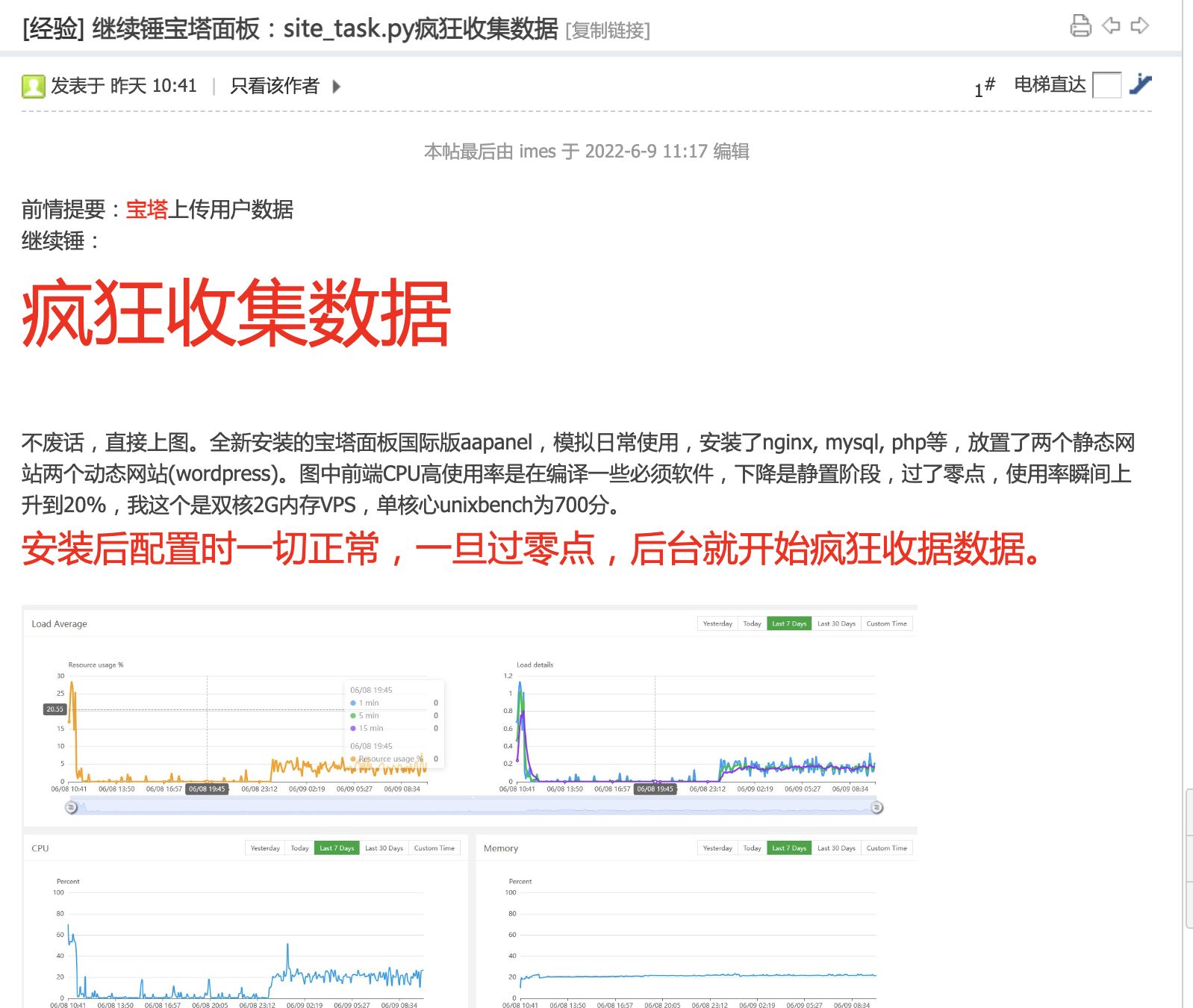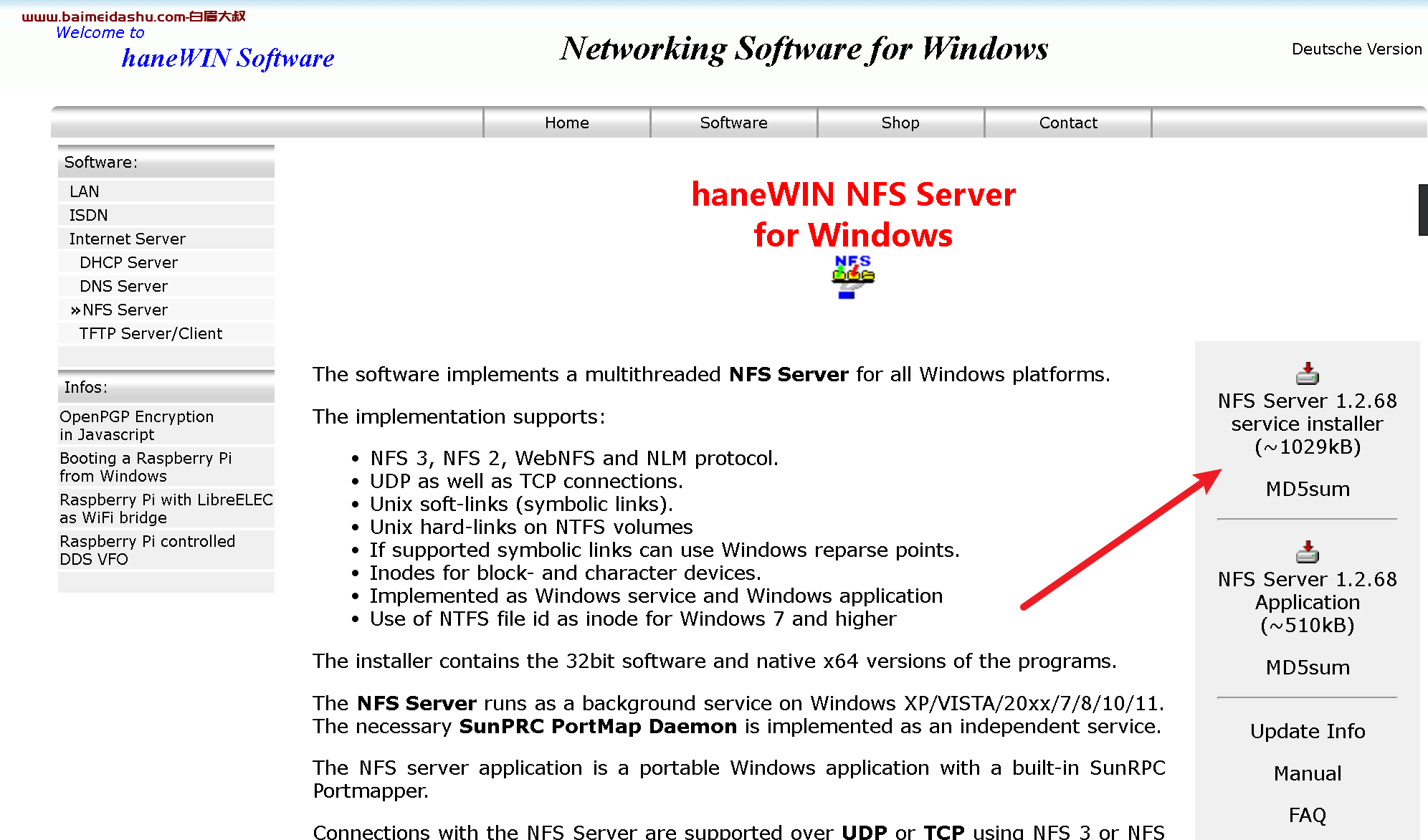1、概览 {#1概览}
本文将带你了解 Swagger 中 @Operation 和 @ApiResponse 注解的主要区别和应用场景。
2、用 Swagger 生成文档 {#2用-swagger-生成文档}
Swagger 是一套围绕 OpenAPI 规范构建的开源工具,用于描述整个 API,如暴露的端点、操作、参数、验证方法等。
Swagger 提供了 @Operation 和 @ApiResponse 注解,用于描述 REST API,以及 REST API 的响应。
定义一个示例 Controller:
@RestController
@RequestMapping("/customers")
class CustomerController {
private final CustomerService customerService;
public CustomerController(CustomerService customerService) {
this.customerService = customerService;
}
@GetMapping("/{id}")
public ResponseEntity<CustomerResponse> getCustomer(@PathVariable("id") Long id) {
return ResponseEntity.ok(customerService.getById(id));
}
}
3、@Operation {#3operation}
@Operation 注解用于描述单个操作。
@Operation(summary = "Gets customer by ID",
description= "Customer must exist")
@GetMapping("/{id}")
public ResponseEntity<CustomerResponse> getCustomer(@PathVariable("id") Long id) {
return ResponseEntity.ok(customerService.getById(id));
}
@Operation 中最常用的一些属性如下。
3.1、summary 属性 {#31summary-属性}
summary 属性必填,表示摘要。建议字符数量不要太长,示例如下:
@Operation(summary= "Gets customer by ID")
3.2、description 属性 {#32description-属性}
description 属性用于描述细节,例如可以通过此属性介绍该 API 的限制、返回值等等。
@Operation(summary= "Gets customer by ID", description= "Customer must exist")
3.3、hidden 属性 {#33hidden-属性}
hidden 属性表示是否隐藏此 API。
4、@ApiResponse {#4apiresponse}
通常,不同的业务状态会返回不同的 HTTP 状态码,可以使用 @ApiResponse 注解来描述该 API 可能会返回的具体响应和状态码。
该注解既可应用于方法上,也可应用于类上,方法上的注解优先于类上注解。
注意,不论是一个 @ApiResponse 还是多个 @ApiResponse,都必须将其定义在 @ApiResponses 注解中,否则不会生效。
如下:
@ApiResponses(value = {
@ApiResponse(responseCode = 400, description = "Invalid ID supplied"),
@ApiResponse(responseCode = 404, description = "Customer not found")})
@GetMapping("/{id}")
public ResponseEntity<CustomerResponse> getCustomer(@PathVariable("id") Long id) {
return ResponseEntity.ok(customerService.getById(id));
}
还可以指定成功的响应:
@Operation(summary = "Gets customer by ID", description = "Customer must exist")
@ApiResponses(value = {
@ApiResponse(responseCode = "200", description = "Ok", content =
{ @Content(mediaType = "application/json", schema =
@Schema(implementation = CustomerResponse.class)) }),
@ApiResponse(responseCode = "400", description = "Invalid ID supplied"),
@ApiResponse(responseCode = "404", description = "Customer not found"),
@ApiResponse(responseCode = "500", description = "Internal server error", content =
{ @Content(mediaType = "application/json", schema =
@Schema(implementation = ErrorResponse.class)) }) })
@GetMapping("/{id}")
public ResponseEntity<CustomerResponse> getCustomer(@PathVariable("id") Long id) {
return ResponseEntity.ok(customerService.getById(id));
}
@ApiResponse 中的一些属性如下。
4.1、responseCode 和 description 属性 {#41responsecode-和-description-属性}
responseCode 和 description 属性都是 @ApiResponse 注解中的必填参数。表示响应的 http 状态码和描述。注意,同一个 API 上不能定义多个具有相同 code 属性的 @ApiResponse。
message 属性通常用于设置一些描述性信息:
@ApiResponse(responseCode = 400, message = "Invalid ID supplied")
4.2、content 属性 {#42content-属性}
有时,API 会响应不同的类型。例如成功和失败的时候,返回的类型可能不一致。
此时,你可以通过定义不同的 content 属性,来描述不同的响应类型。
如,定义一个在内部服务器出错时响应的类:
class ErrorResponse {
private String error;
private String message;
// Get 和 Set 方法省略
}
然后,为其添加一个新的 @ApiResponse:
@Operation(summary = "Gets customer by ID", description = "Customer must exist")
@ApiResponses(value = {
@ApiResponse(responseCode = "400", description = "Invalid ID supplied"),
@ApiResponse(responseCode = "404", description = "Customer not found"),
@ApiResponse(responseCode = "500", description = "Internal server error",
content = { @Content(mediaType = "application/json",
schema = @Schema(implementation = ErrorResponse.class)) }) })
@GetMapping("/{id}")
public ResponseEntity<CustomerResponse> getCustomer(@PathVariable("id") Long id) {
return ResponseEntity.ok(customerService.getById(id));
}
5、@Operation 和 @ApiResponse 之间的区别 {#5operation-和-apiresponse-之间的区别}
@Operation 和 @ApiResponse 注解之间的主要区别如下表:
| @Operation | @ApiResponse |
|--------------|---------------------------|
| 用于描述操作 | 用于描述操作可能返回的响应 |
| 用于成功响应 | 用于成功和错误响应 |
| 只能在方法上定义 | 可在方法或类上上定义 |
| 可直接使用 | 只能在 @ApiResponses 注解中使用 |
6、总结 {#6总结}
在本文中,我们学习了 Swagger 中 @Operation 和 @ApiResponse 注解之间的区别和各自的用法。
总结:https://www.baeldung.com/swagger-operation-vs-apiresponse
 51工具盒子
51工具盒子




